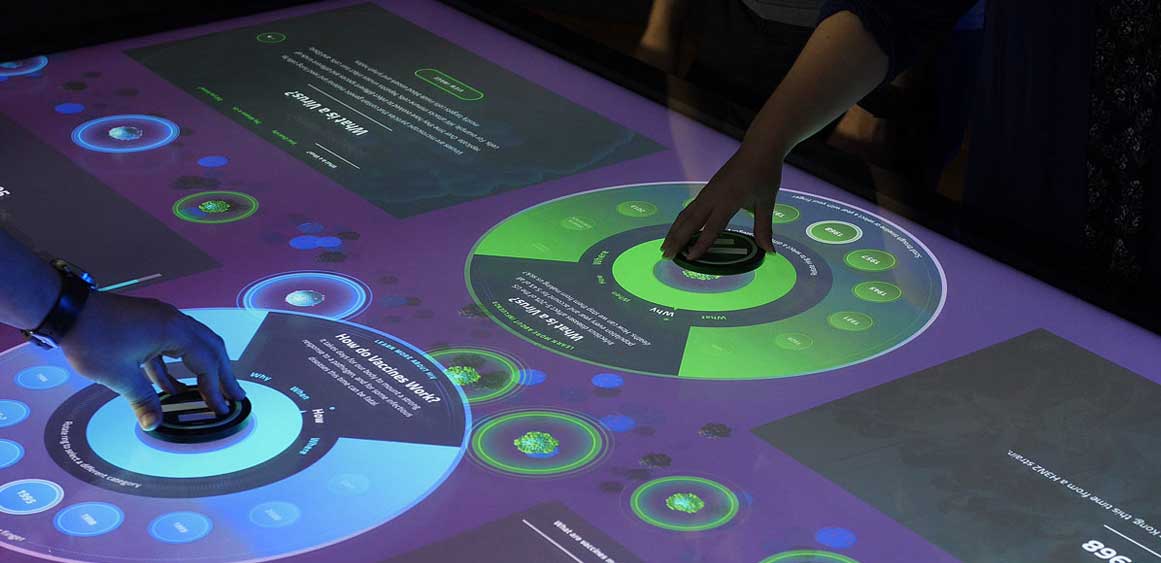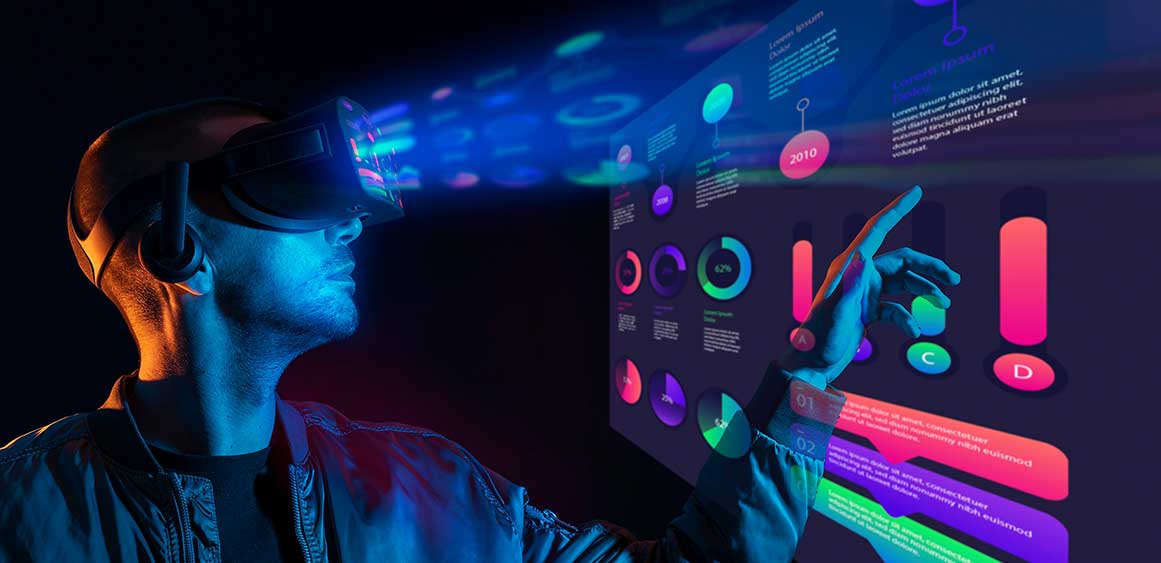Introduction

In today’s digital landscape, the integration of artificial intelligence (AI) into consumer products and services is becoming increasingly prevalent. From personalized recommendations on e-commerce platforms to voice-activated virtual assistants, AI is reshaping the way users interact with technology. In this era of rapid technological advancement, UX design plays a critical role in ensuring that AI-powered experiences are intuitive, accessible, and enjoyable for consumers.
Future Perspectives

As AI, particularly at the GPT v3-.5+ level, expands the possibilities for content creation, the role of skilled designers remains crucial. While AI can generate content, human expertise is indispensable for ensuring high-quality, utilitarian usage.
Understanding the Impact of AI on UX Design
AI technologies, such as machine learning algorithms and natural language processing systems, have the potential to enhance user experiences in numerous ways. By analyzing vast amounts of data, AI can predict user preferences, automate repetitive tasks, and deliver personalized content in real-time. However, the successful implementation of AI in UX design requires a deep understanding of user behaviors, needs, and expectations.
Designing Intelligent Interactions

One of the key challenges in UX design for AI-powered systems is creating intelligent interactions that feel natural and intuitive to users. Designers must carefully consider the user’s context, preferences, and cognitive abilities when designing AI-driven interfaces. This involves leveraging techniques such as conversational interfaces, predictive analytics, and context-aware recommendations to anticipate user needs and streamline the interaction process.
Ensuring Ethical and Responsible AI Design
As AI technologies become more pervasive, concerns about data privacy, bias, and algorithmic transparency have come to the forefront. UX designers have a responsibility to prioritize ethical considerations and ensure that AI-powered systems uphold principles of fairness, accountability, and transparency. This may involve implementing privacy-preserving measures, conducting regular audits of algorithmic decision-making processes, and providing users with greater control over their data.
Balancing Automation and User Control
While AI can automate many aspects of the user experience, it’s essential to strike a balance between automation and user control. Designers must empower users to customize their preferences, override automated decisions, and provide feedback to improve the system’s performance over time. This requires designing flexible interfaces that allow users to easily adjust settings, set preferences, and modify their interaction with AI-powered features.
Embracing Multimodal Interfaces

With the proliferation of voice-enabled devices, gesture-based controls, and haptic feedback mechanisms, UX designers are increasingly embracing multimodal interfaces that cater to diverse user preferences and abilities. By supporting multiple input modalities, AI-powered systems can accommodate users with varying levels of dexterity, sensory impairments, and language proficiencies. This inclusive approach to design ensures that all users can access and interact with technology effectively.
Continual Iteration and Improvement
In the rapidly evolving landscape of AI technologies, UX design is an iterative process that requires continual experimentation, evaluation, and refinement. Designers must embrace a user-centered design approach, soliciting feedback from real users, monitoring analytics data, and iterating on design solutions based on empirical evidence. By adopting a mindset of continual improvement, designers can stay ahead of emerging trends, address user pain points, and deliver exceptional AI-powered experiences.
The future roles of designers may encompass

Designing innovative testing principles: Creating new methodologies to test AI-driven user experiences effectively.
Ensuring brand consistency amidst evolving trends: Maintaining the brand identity across various AI-powered platforms and interactions.
Collaborating with engineering teams for effective implementation: Working closely with developers to ensure seamless integration of AI features into the user experience.
Conducting quality assurance checks for content development: Ensuring that AI-generated content meets quality standards and user expectations.
Recommending layout, placement, and effective displays: Providing insights into the optimal placement of AI-driven elements for enhanced user engagement.
Conducting consumer surveys and generating insights: Leveraging user feedback to improve AI-powered experiences and anticipate future trends.
In conclusion, UX design plays a pivotal role in navigating the era of artificial intelligence, shaping the way users interact with AI-powered products and services. By prioritizing user needs, ethical considerations, and inclusive design principles, designers can create seamless, intuitive, and empowering experiences that harness the full potential of AI technology. As AI continues to evolve, UX design will remain at the forefront of innovation, driving meaningful connections between users and intelligent systems.



